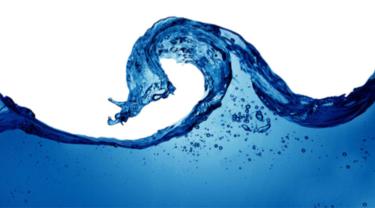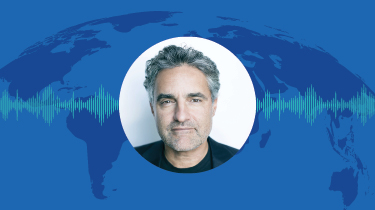Lyte Energy hasn’t officially recorded an export sale, but CEO Nauman Kureshy is confident that his nearly three-year journey of export education and planning, and patience and perseverance will pay off soon.
The Markham-based cleantech company leverages hydrogen production, storage, and fuel cell technologies through offerings of products and services ranging from clean power generation to hydrogen refuelling, materials handling, and back-up storage power solutions.
“Our focus has been helping transition the world to a hydrogen economy through education,” explains Kureshy. “Hydrogen is the most abundant element in the universe and it’s clean, green and safe.”
According to a 2016 report by the Canadian Hydrogen and Fuel Cell Association (CHFCA),
“the Canadian hydrogen and fuel cell sector is recognized as a global leader in the industry for pioneering new technologies and industry expertise. Increasing demand for clean energy products and solutions domestically and worldwide is generating opportunities and investments in a broad range of applications, including passenger vehicles, buses, trucks, trains/trams, ships and planes, stationary and back-up power, and material handling,” it says. “The sector is an important contributor to the Canadian economy.”
Kureshy formed Lyte Energy in 2015 after tapping into research on the industry’s future potential, and – through networking – he assembled a team of leading industry experts who helped chart a path for the firm’s goal of global profitability.
“I knew it was going to be long-term journey,” he says. “Right now, it’s a very small industry and no one has really made it to profitability yet – but that’s what we are going to change.”
One of the ways Lyte Energy aims to capitalize is through its strategic partnership with Toronto’s dynaCert Inc., and its global distribution rights to HydraGEN, an onboard hydrogen and oxygen generation system aimed at heavy-duty diesel engines for transport trucks. By adding hydrogen to a diesel engine’s internal combustion process, HydraGEN’s patented technology reduces emissions by 25 per cent while increasing fuel economy by 15 per cent or more.
Following ongoing field-testing in Canada, Lyte plans to demonstrate the product in China, where the Chinese government has committed to spending more than $361 billion dollars on clean tech by 2020.
“China is the largest potential market for the HydraGEN system,” says Roger Sabourin, Lyte’s Senior Vice President of Sales & Engineered Solutions. “The government is very interested in the product and told us they need it now.”
China isn’t Lyte’s only foreign target market. The company also sees potential for its energy storage and fuel cell solutions in India and has recently signed a three-year agreement to provide hydrogen fuel cell back-up systems for telecommunications infrastructure in the state of Bihar. Germany and Russia are also in its sights, as is the U.S. for the HydraGEN system. In fact, the company is currently in discussions with the California Air Resources Board (CARB) about the environmental and economic benefits of HydraGEN, which can be installed in just under three hours.
“I believe in climate change and 60 per cent of the (residents of the) U.S. believes there’s a problem,” adds Sabourin. “Despite what the current administration in the U.S. says, climate change is a reality.”
Kureshy says as few as five years ago, Lyte couldn’t have done what it is doing today, “because the economics of the technologies available to us was too expensive.”
“But now there are established case studies with proven results in the field,” he says.
One example of Lyte technology’s measurable cost savings is in energy storage, which has dropped from $20,000 to $1,000 to store 5 kilowatts of energy.
“Technology is changing in real time. For Lyte, leading the charge is essentially enabling us to determine the pricing for customized solutions while being the market makers internationally,” Kureshy says. “Our global strategy is based on an entire set of solutions, so that way we can add additional margins as a value add.”
How does one sell a new technology in foreign markets? Kureshy says “word of mouth” and “established trusted relationships” are keys.
“Trust for us, is very important. You need to develop and maintain ongoing good relationships.”
Sabourin agrees.
“We have focused our global strategy on finding someone that is trusted in the market,” he says. “That way, you mitigate risk much more than if you go out and try do something without doing your homework.”
Being a Canadian brand has also helped the company open doors.
“Canada is seen as a trusted and green country,” Kureshy explains. “The media concerning Canada taking steps to protect the environment has really helped us on the international stage.”
While Lyte continues to tap new markets, its bold vision for the future is clear.
“We want to be the Exxon Mobile of the hydrogen industry,” Kureshy says. “That’s our end goal and hopefully through our efforts, with the right people in place, hard work and some luck, that will materialize.”





